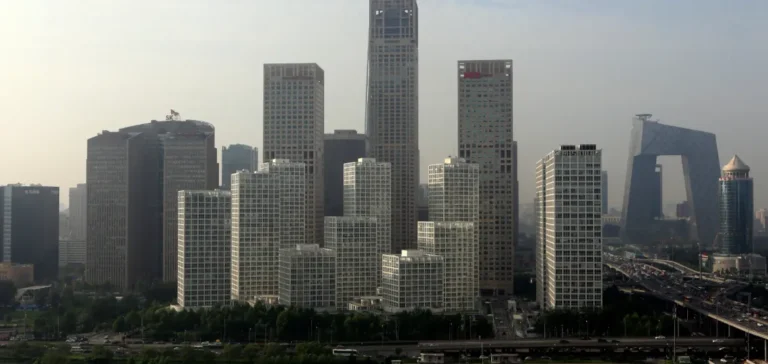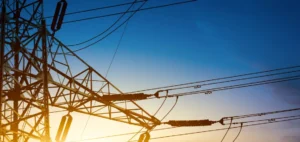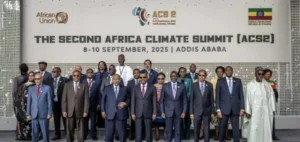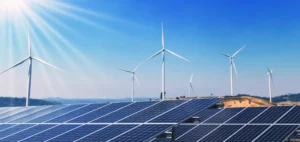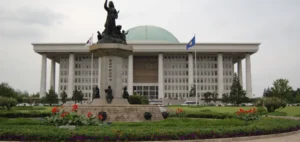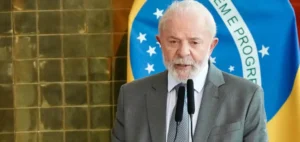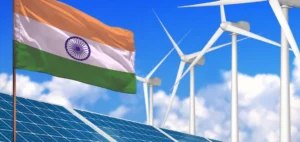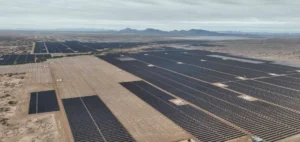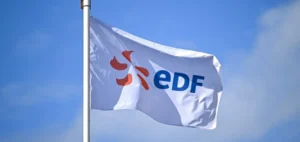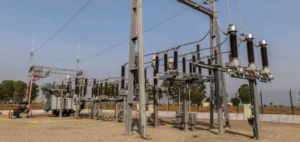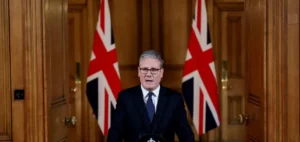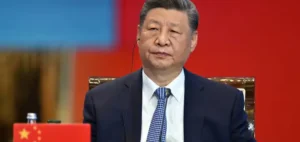China has announced strengthened policy support aimed at attracting more private capital into the energy sector. The move comes amid an economic backdrop marked by weak domestic consumption and declining private investment. Beijing is seeking to stimulate local business activity by opening sectors previously dominated by state-owned enterprises.
Unprecedented opening in nuclear and hydropower
Authorities will allow private companies to hold up to 20% of the capital in certain major nuclear projects, according to the planning ministry. The government also plans increased private participation in hydropower plants located on the Dadu River, Jinsha River and in Benzilan. The National Energy Administration (NEA) stated that a review of shareholding ratios will be conducted for each project requiring state approval, aiming to encourage competition and improve financing efficiency.
Targeted infrastructure projects included in the reform
The new directives also cover cross-regional power transmission projects, oil and gas pipelines, liquefied natural gas (LNG) storage facilities and water supply systems. For these projects, a specific feasibility assessment of private investment will now be mandatory. Authorities aim to mobilise private sector financial resources to relieve pressure on public budgets and speed up the implementation of large-scale energy infrastructure.
Financial measures and facilitated market access
The National Development and Reform Commission (NDRC) announced measures to meet the credit needs of private enterprises. These include the creation of “green channels” for stock listings, as well as for mergers and acquisitions in strategic technologies. Companies will benefit from preferential access to funding to support their involvement in energy infrastructure projects.
A strategy to stabilise growth and share financial risks
The government is seeking to rebuild confidence in the private sector, whose fixed-asset investment fell by 3.1% in the first nine months of the year, while public sector investment rose by 1%. Beijing expects this partial reopening to distribute financial risks more evenly and to stimulate growth amid ongoing trade tensions and a prolonged real estate crisis. The new law passed in April, which aims to strengthen the economic role of the private sector, aligns with this strategic direction.


